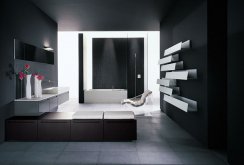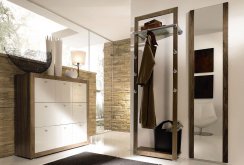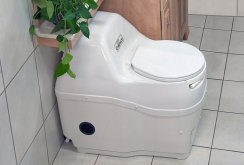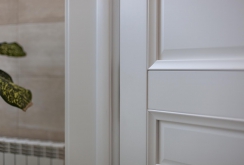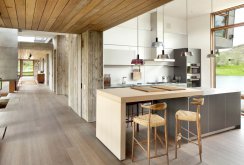How to choose your own air conditioner?
A growing number of people are striving to make the microclimate of their apartment, home or workplace more comfortable. This is facilitated by the purchase and installation of air conditioning - a device that regulates the temperature and purity of air in the room. If you decide to purchase it, this article will help you navigate in the types, principles of operation, features of the air conditioners and choose the best option for yourself.Types of air conditioners
All varieties of air conditioners are divided by scope, method of installation, type of current and the range of adjustable temperature.By current used
By the type of current used, all air conditioners can be divided into inverter and non-inverter.- Inverter models change alternating current to direct and are able to change its frequency. As a result, the adjustment of operating modes occurs smoothly.
- Non-inverter models are periodically turned on and off to maintain a given temperature. Compared with inverter ones, they spend more electricity, are more difficult to set up and respond more slowly to temperature changes.
By application
By area of application, this type of climate technology is divided into household, commercial (semi-industrial) and industrial. First of all, they differ in power and size.Household
This type of air conditioner is used in apartments, houses, cottages and small offices. Among them are:- Wall mounted. Great for rooms with an area of 15-50 square meters. There are two varieties of them: split systems and multi-split systems. The first consists of two blocks - external and internal. The second have several internal blocks.
- Window. Mounted in the window opening with the compressor out. Fairly noisy compared to wall mounted models.
- Floor standing. Their main advantage is mobility. If necessary, they can be moved to other places, and you do not need to call a specialist to connect. Floor models are more expensive compared to other varieties.
Commercial
The semi-industrial climate equipment is designed for commercial facilities: shops, cafes, trade and exhibition pavilions, restaurants. They are divided into the following types:- Channel type. Designed for installation behind a suspended ceiling, air conditioning enters the ventilation system and the inter-ceiling space.
- Cassette type. Mounted on a suspended ceiling. The front panel remains visible, which is controlled by the remote control and fits well into any interior.
- Ceiling type. Designed for installation in rooms with conventional ceilings. Air conditioners of this type distribute purified air horizontally, which is convenient for people there.
- Column type. It has powerful centrifugal fans, with the help of which a directed air flow is created. The air stream reaches 12 meters in length. Such parameters allow you to effectively cool the air in rooms with a large area - supermarkets, halls, restaurants, large halls.
Industrial
For this type of climate technology, design is less important than performance. Here, quality air conditioning in rooms with a large area comes first. Often, such devices are designed to work in several rooms at once and are able to provide their own microclimate for each. Among them, multizone systems that control temperature by changing the volume of the refrigerant are popular. Good industrial models have surge protection and their own diagnostic system that can block operation when interruptions are detected. Among industrial models, roof systems are popular in which the external unit is mounted directly on the roof. Typically, such systems are installed by organizations that own a whole building. The roof system provides centralized air conditioning throughout the building. Indoor units in such a system are located in separate rooms.Other features of air conditioners
Modern models have a wide range of features. In addition to air cooling, the following consumer functions are among the necessary:- air heating;
- purification and disinfection;
- moisturizing or draining.

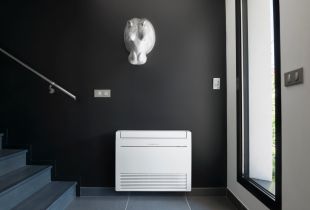 Floor air conditioning: mobility and functionality
Floor air conditioning: mobility and functionality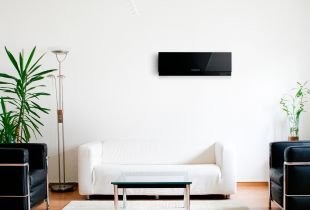 How to choose an air conditioner: what to look for
How to choose an air conditioner: what to look for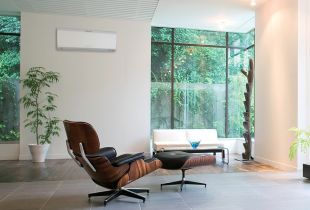 Air conditioning in the interior (21 photos): placement and design in the apartment
Air conditioning in the interior (21 photos): placement and design in the apartment